Berber Rugs | Imazighen Wool
The Berber artistic traditions, using imazighen wool it is also one of the oldest weave since the Berbers first inhabited the plains the atlas mountains
Weaving is not only an inherent rite of passage but also an act of expression. The women that manifest these works have a story to tell: While some rugs document a personal experience, other weavings carry a more ancestral message passed down over time. Many of the at's artisans weave their tales organically, while others intentionally channel inherited knowledge into the loom.
Read More
-
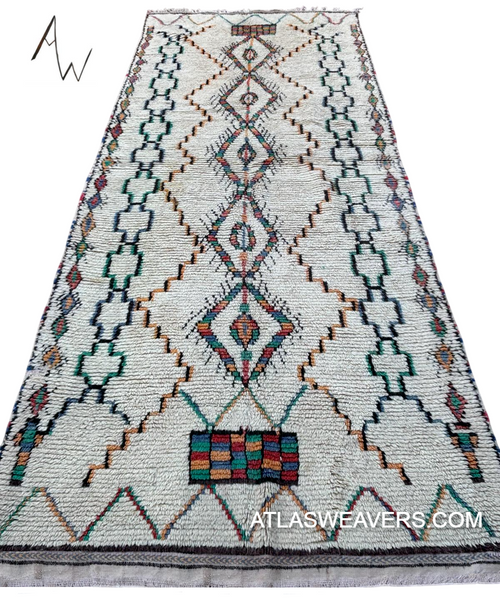
Vintage Berber Rug - VL12
$1,250.00
-
 On sale
On saleVintage Mid Century Berber Rug - VL181
2,450.00 $850.00
-
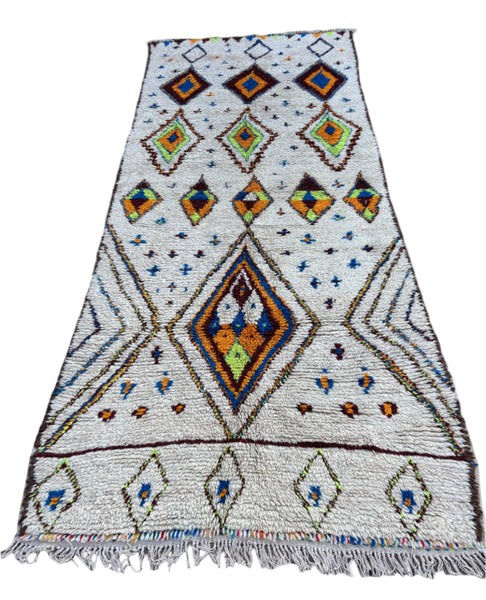
Vintage Berber Rug - AZ47
$850.00
-
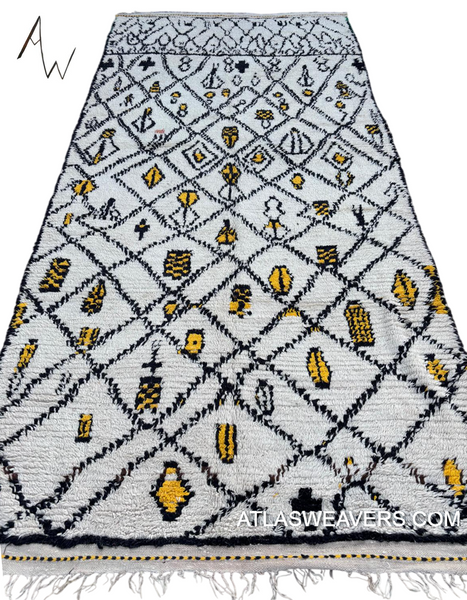
Vintage Berber Rug - AZ105
$1,650.00
-

Custom Berber Rug - MO228
$2,700.00
-

Berber Rug # M31
$3,700.00
-

Vintage Barber Rug - VL14
$4,700.00
-
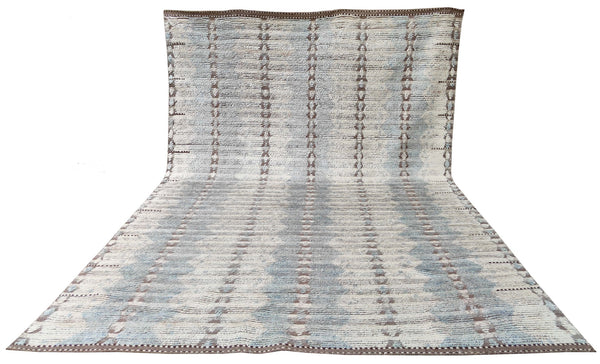
Berber Rug - M74
$4,300.00
-

Vintage Bohemian Berber Rug - AZ112
$2,700.00
-
 On sale
On saleVintage Mid Century Berber Rug - VL18
2,450.00 $850.00
-

Custom Berber Moroccan Rug - A07
$9,700.00
-
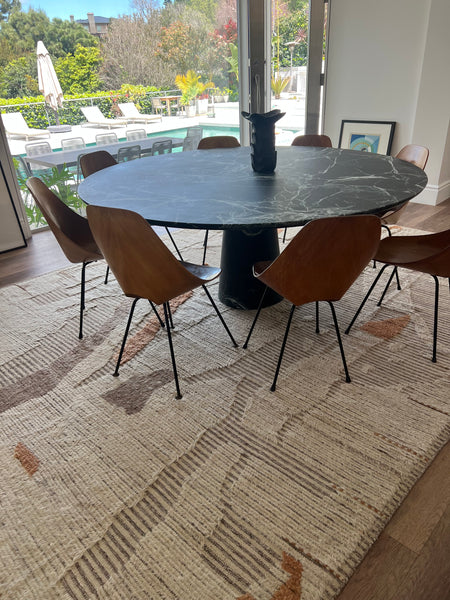
Berber Rug - K230
$4,300.00
-

Moroccan Berber Rug - BV10
$3,700.00
-
Mid century Beni Mguild - VL40
$850.00
-
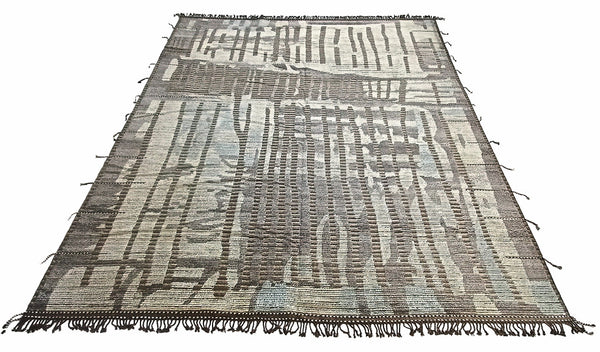
Moroccan Berber Rug - E4
$7,300.00
-
 On sale
On saleMoroccan Bohemian Rug - E14
1,250.00 $850.00
-
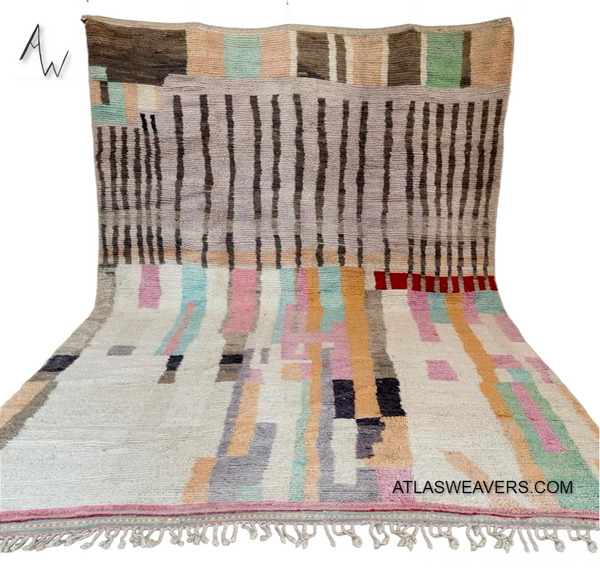
Moroccan Itzer Berber Rug - BV23
$4,700.00

















